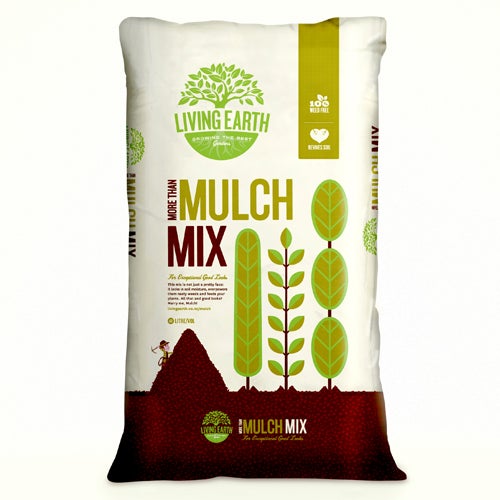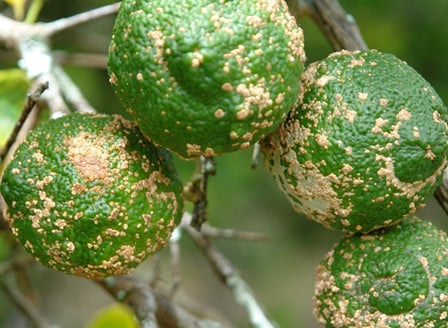Regain that zest for life and ensure that it gives you some lemons. Lemons are easy to grow and by picking the right varieties, you can get an almost constant supply of citrusy goodness.
Planting Calendar
Lemons are best planted from March right through until November.
Harvest In
2 - 3 Years
Lemons will be ready to harvest after 2 to 3 years from planting. Different varieties can be harvested at different times. The Meyer variety will produce lemons almost all year round.
Prepare
Position
Citrus require a warm, sunny position with at least six hours of direct sunlight daily. Protect from cold, harsh winds. Make sure there is a good amount of airflow in the area.
Soil
When planted into the ground lemons like a free draining soil that is rich in organic matter. To improve the organic content in your soil, break up the soil and add Kings Compost and Kings Sheep Pellets then mix together well. When growing in containers, plant into Kings Container mix. This mix contains added water storage crystals and Saturaid, two products that help maintain moisture in the soil.
Pollination
Lemons are self fertile so do not need a pollinator.
Plant
Gently tap the plant out of its pot. Dig a hole twice the depth and width of the plants root ball. Mix Kings Compost into your existing soil at a 50/50 ratio, add Sheep Pellets and Kings Citrus & Fruit Tree Fertiliser, then mix together. Back fill the hole with this soil, so that when planted the top of the plant’s roots sit level with the surrounding ground. Firm the soil down gently and water in well with Aquaticus Organic Garden Booster. In heavier clay soils, where drainage is likely to be an issue, plant onto a raised mound and sprinkle Gypsum Clay Breaker into the bottom of the hole, this helps slowly condition the soil and help to break down the clay.
Care
Beginner Tip
Make sure that you harvest all the fruit when it is ripe. Leaving the fruit on the tree until you want to pick one will exhaust the tree, which will have an effect on the next crop and may cause the tree to drop all its leaves.
Expert Tip
Lemons are either grafted onto Dwarf root stock (Flying Dragon) or grown by seed or leaf cuttings. Grafted varieties are known to be more resilient to disease and grow faster and at maturity are smaller than other types only growing to 2-2.5m
Tip
We suggest removing all fruit in the first year to assist your young tree in establishing a good root and branch structure. Citrus are heavy croppers, often setting more fruit than they can sustain. Early removal of approximately 1/3 of the crop will result in improved fruit quality, and help to prevent biennial bearing (setting fruit only once every two years).
Top Varieties
Frequently Asked Questions
Do I need a second plant for my lemons to produce fruit?
No, lemons are self-fertile and will produce fruit on a single tree without cross-pollination.
My lemon tree has crinkly leaves and bumps on its fruit, what should I do?
This is most likely citrus scab/verrucosis. Spray with Copper Oxychloride after petal fall, and at 3 to 4 weekly intervals until harvest to help with control and prevention.
What are the tiny caterpillars in my lemons?
The small grubs in your fruit are the larvae of Guava Moth. To keep infestations under control place a Guava Moth Trap in your trees. Remember to replace the pheromone refill every 6 weeks.




















